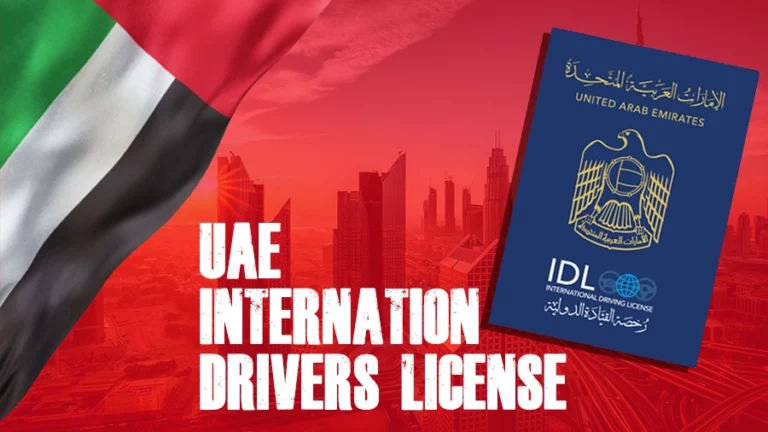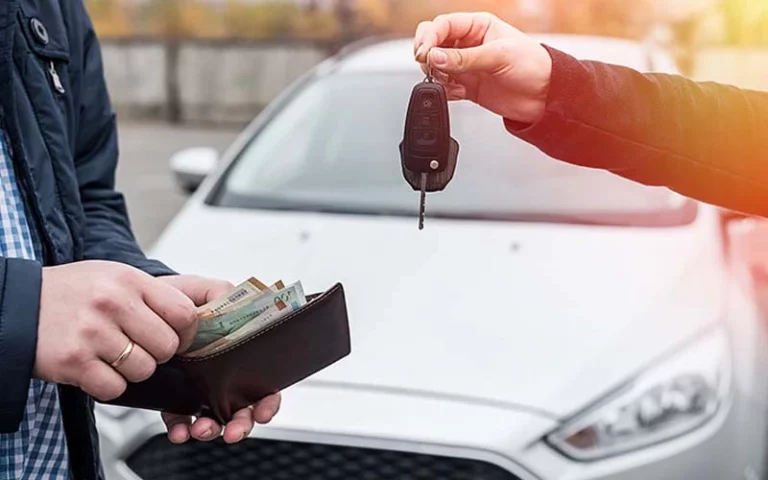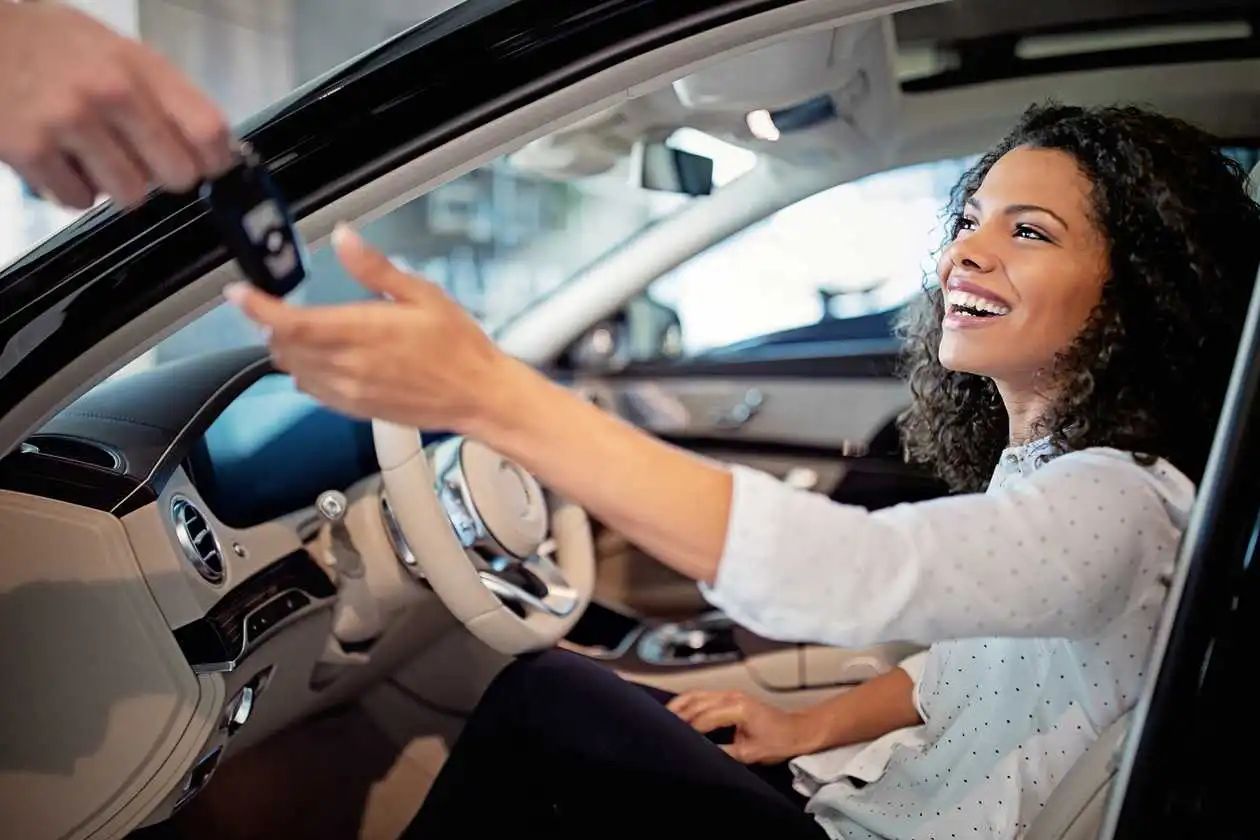
Driving a friend’s car can be both an exciting and nerve-wracking experience. Whether you’re heading out on a weekend adventure or just running errands, it’s essential to ensure you’re prepared for the responsibility that comes with it.
Understanding local driving regulations, including the need for a driving license translation in Dubai for visitors, is crucial. This blog post will explore the dos and don’ts of borrowing a vehicle from a friend, ensuring you have a smooth ride while maintaining trust and safety on the road.
Does Dubai Legally Allow to Drive a Friend’s Car?
In Dubai, you can legally drive a friend’s vehicle as long as you have explicit permission from the owner and possess a valid driving license. It’s important to note that the vehicle must be insured, and you should ensure that your license is recognized in Dubai, which may require a driving license translation. Ignoring these requirements could result in legal penalties.
Therefore, a leading company of Dubai Al Rahmaniya is here to fulfill your needs related to translation. Non-Arabic speakers can also borrow a friend’s vehicle and drive legally by securing professional Driving License Translations in Dubai from us. Our familiarity with the precise terminology and formatting mandated by the RTA enhances the probability of acceptance.
Understanding Legal Requirements for Driving a Friend’s Car
When driving a car of your friend in Dubai, it’s important to adhere to specific legal requirements to avoid any trouble.
- Firstly, you must hold a valid driving license that is recognized in Dubai. If you’re an expatriate or tourist, this may involve obtaining it’s translation to meet local regulations.
- Additionally, the car must be insured with coverage that includes other drivers. Verify with your friend that their insurance policy allows for additional drivers to avoid complications in case of an accident.
- Next, ensure that you carry all necessary documentation while driving, including your license, the vehicle registration, and proof of insurance. Failure to produce these documents when requested by law enforcement can result in fines or other legal issues.
- If you’re unsure about any specific requirement, it’s wise to consult local authorities or legal resources before getting behind the wheel.
- Familiarizing yourself with traffic rules and regulations in Dubai is also essential to ensure safe and lawful driving.
Remember, ignorance of the law is not a defense, so take the time to understand and comply with all legal requirements when borrowing a friend’s car.
The Etiquette of Driving Someone Else’s Car
When you’re entrusted with driving someone else’s car, it’s essential to follow certain etiquette to drive someone else car.
- Start by driving carefully and adhering to all traffic laws, ensuring that you are as cautious as possible.
- Avoid aggressive driving behaviors such as speeding, tailgating, or making abrupt lane changes. Also, try to keep the car clean; refrain from eating or drinking inside the vehicle to prevent spills and stains.
- Respect the owner’s personal settings in the car. This includes the seat position, mirror adjustments, and radio presets. If you need to change them for comfort or safety, be sure to return them to their original state before handing the car back.
- Additionally, pay attention to the fuel gauge. If you use a significant amount of fuel, consider refilling the tank as a courtesy.
- Always communicate with your friend about any issues or damages that may occur, no matter how minor. Keeping a good connection requires transparency.
- Lastly, avoid making unauthorized trips or using the car for purposes not discussed with the owner.
Always follow the agreed-upon terms and timelines for using the car, ensuring you return it promptly as promised.
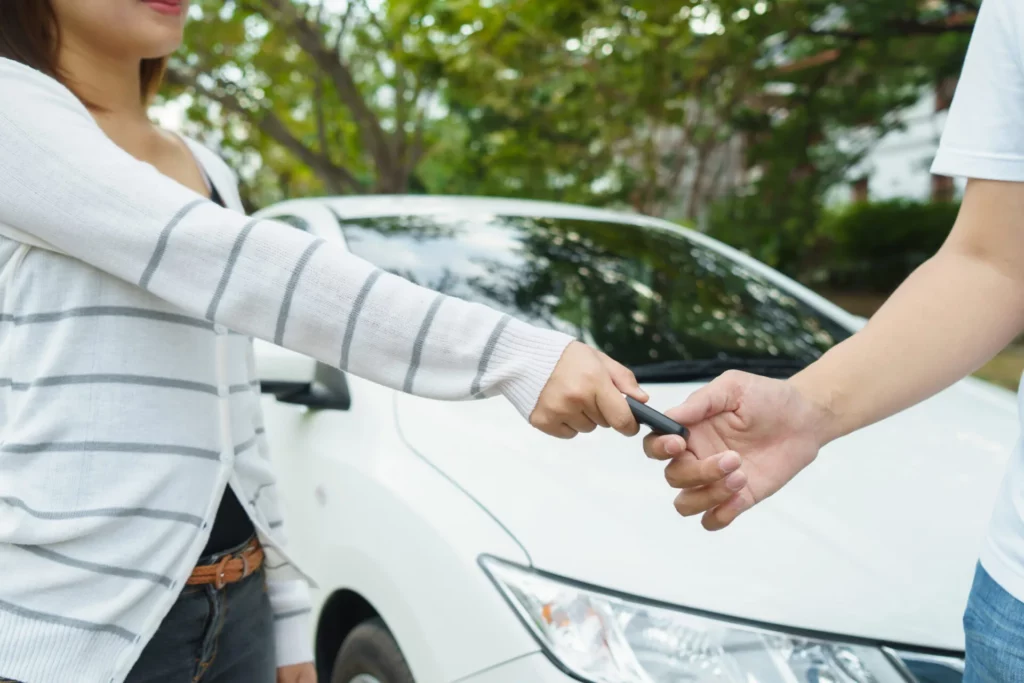
A Steps for Borrowing a Friend Car
Borrowing a car might seem simple, but there are important steps to follow to ensure you’re protected. From insurance coverage to legal responsibilities, knowing the rules can save you from unexpected trouble. Here’s a quick guide to safely driving a borrowed car.
1. Get Permission
Getting permission to drive a friend’s car is a crucial first step. Always ask the owner directly and confirm their consent before making any plans. Discuss the duration you’ll need the car and the specific purpose of your trip. It’s also wise to inquire about any specific rules or preferences they have for the vehicle. By communicating openly and clearly, you can avoid misunderstandings and ensure that both parties are comfortable with the arrangement.
2. Understand Insurance Coverage
Before driving your friend’s car, it’s essential to understand their insurance coverage. Verify if their policy includes additional drivers and the extent of the coverage provided. Some policies may have restrictions or require extra endorsements for non-family members.
Ensure that you’re aware of any deductibles or out-of-pocket expenses you may incur in case of an accident. Familiarizing yourself with these details can help avoid unexpected costs and legal complications. Always discuss these aspects with your friend to ensure mutual understanding and avoid any misunderstandings.
3. Familiarizing Yourself with the Car
Familiarizing yourself with the car is crucial before hitting the road. Adjust the seat and mirrors to suit your comfort and ensure clear visibility. Locate essential controls such as headlights, wipers, and hazard lights. Test the brakes and get a feel for the car’s handling.
Take a few moments to understand the dashboard indicators and warning lights. If the car has any unique features or quirks, ask your friend for a quick rundown. This preparation can make your driving experience smoother and safer.
4. Respecting Your Friend’s Property
Ensure you handle your friend’s car with care, avoiding rough driving or any actions that could cause damage. Keep the interior and exterior clean, and refrain from leaving personal items behind. If you notice any issues or damage, inform your friend immediately.
Avoid making significant changes to the car’s settings and always park it in safe, secure locations. By treating the car with respect, you maintain the trust placed in you and ensure the vehicle remains in good condition for its owner.
Handling Emergencies and Unexpected Situations
Handling emergencies and unexpected situations while driving a friend’s car requires a calm and prepared approach.
- Start by familiarizing yourself with the car’s emergency equipment, such as the spare tire, jack, and first aid kit. If you experience a breakdown, safely move the vehicle to the shoulder and activate the hazard lights to alert other drivers. Contact roadside assistance if available through your friend’s insurance policy, or call a local towing service.
- In case of an accident, prioritize safety by checking for injuries and calling emergency services immediately if needed. Names, contact information, and insurance information should be shared with the other driver. Inform your friend about the situation as soon as possible, providing them with all necessary information for insurance claims.
- For minor issues like a flat tire or dead battery, use the car’s emergency tools to address the problem if you are comfortable doing so. Otherwise, seek professional assistance.
- Always keep a charged phone and emergency contact numbers handy while driving.
By being prepared and knowing how to respond to emergencies, you can manage unexpected situations effectively.
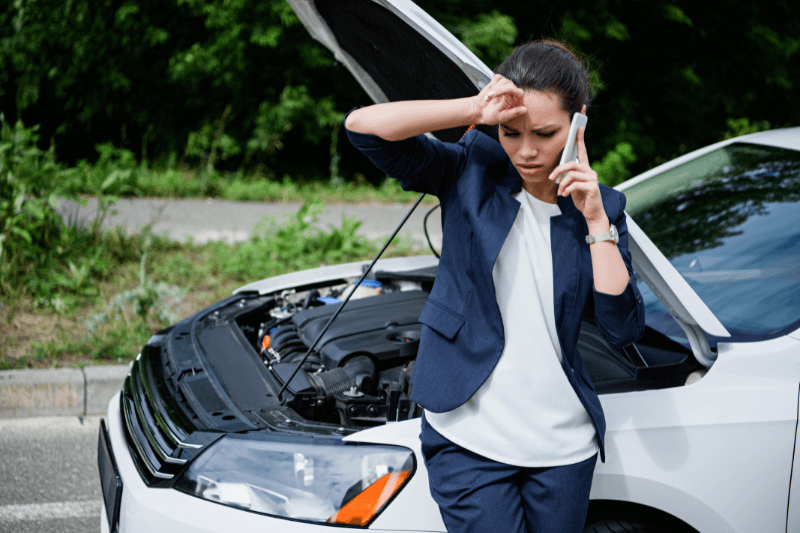
Returning the Car and Expressing Gratitude
Returning the car in the same condition you received it is crucial. Check for any personal belongings and clean the interior if needed. Refill the gas tank if you’ve used a significant amount. Communicate with your friend about any minor issues or observations regarding the car’s performance.
Expressing your gratitude can be achieved with a tiny token of appreciation or a simple thank-you card. Always be sincere and express your thanks both in person and possibly through a follow-up message. This thoughtful gesture will reinforce the trust and goodwill between you and your friend.
Conclusion
In conclusion, driving a friend’s car requires more than just permission. By understanding legal requirements, respecting the vehicle, and being prepared for emergencies, you can ensure a smooth, responsible experience while maintaining trust and safety.

